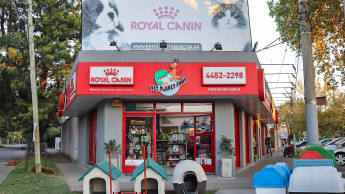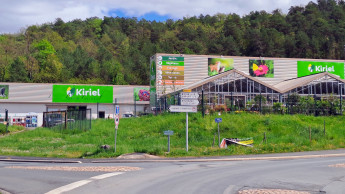What about the pet supplies business? Here, too, online shops probably account for over 10 per cent of the market now. But is that a reason for talking about the death of the bricks and mortar trade? I don't think so.
Big pet product retailers like PetSmart, Pets at home and Fressnapf/Maxi Zoo are investing in expansion and opening new stores year on year. They wouldn't do that if they were not 100 per cent certain that this investment in further outlets will pay off. The fact is that stationary retailers are still responsible for around 90 per cent of pet product sales. It is true that this figure might decline and perhaps only be 80 per cent in six or seven years' time; but it is still considerably higher than the proportion of overall sales attributable to online retailing.
However, bricks and mortar stores must evolve and change with the times. They must attend more to the needs of their customers and less to those of their suppliers in future. Seasonal products, innovative products and problem solvers must be promoted; the customer must retain a sense of curiosity at the POS. Companies operating both a stationary store and an online shop need to create a better link to the Internet; omnichannel must become a reality, even on the retail area. This is still not happening in many cases in pet product retailing.
The staff in pet stores must become better too. It is only if the connection with the customers is maintained, and these have the feeling that they are receiving good and honest advice in the store, that the bricks and mortar trade will have favourable prospects for the future.

 Menü
Menü








 1/2019
1/2019













 Newsletter
Newsletter